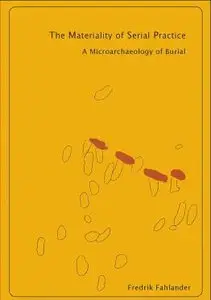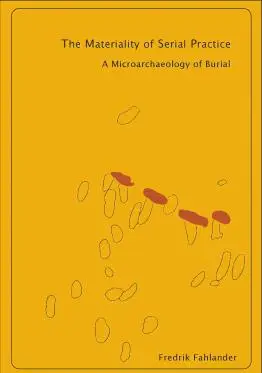The Materiality of Serial Practice: A Microarchaeology of Burial
By Fredrik Fahlander
Publisher: Gotarc, Gothenburg | 200 pages | 2003-01 | ISBN: 9185952834 | PDF | 15.3 MB
By Fredrik Fahlander
Publisher: Gotarc, Gothenburg | 200 pages | 2003-01 | ISBN: 9185952834 | PDF | 15.3 MB
Abstract (English)
The main concern of the thesis is the question of how to deal with matters of social heterogeneity in prehistory. A social reading of psychoanalytic theory of e.g. Jacques Lacan suggests that social heterogeneity generally is more likely than homogeneity in most social formations. It is therefore argued that the past is difficult to understand in a hermeneutical sense of the term. As an alternative approach, a general theory of social practice and materialities, a microarchaeology, is outlined. Departing from Jean Paul Sartre’s concept of seriality, it is argued that social practice is generally performed in close relation to materialities. The microarchaeological approach focuses on executedpractice, that is, those actions that actually were performed. Such practice is argued to be subject to both individual agency and to more general ‘structural’ elements. From such a perspective, there is thus no need to make awkward dichotomous distinctions between, for instance, individual and structure, or emic vs. etic perspectives. The potential of the microarchaeological approach is exemplified by two different sets of data: The Neolithic graves of Ajvide, Gotland, Sweden and the graves of Asea and Tegea in Arcadia, Greece. The first study aims to discuss social heterogeneity and corporeal subjectivation/subjection. It is argued that the so-called Pitted Ware Culture (GRK) expressed great social variability and demonstrated several significant transformations, rather than comprising a homogeneous ‘culture’. The second study concerns the place of graves in the local ‘cultural’ and ‘natural’ landscape. It is suggested that the sites chosen for burial generally depend on a matrix of structurating parameters that involves a range of aspects such as memory, ‘natural’ features, material circumstances, as well as notions of visibility and invisibility, etc. Some structurating parameters may work in concert but may also be overruled by other parameters. There can thus not be a question of simple relationships between, for instance, the places of habitation and the places of burials.
~~~~~~~~~~~~~Download Link~~~~~~~~~~~~~
HotFile.com
Mirror
(No mirrors,pls)
ENJOY ^^!
More books in my Blog !!!
HotFile.com
Mirror
(No mirrors,pls)
ENJOY ^^!
More books in my Blog !!!



